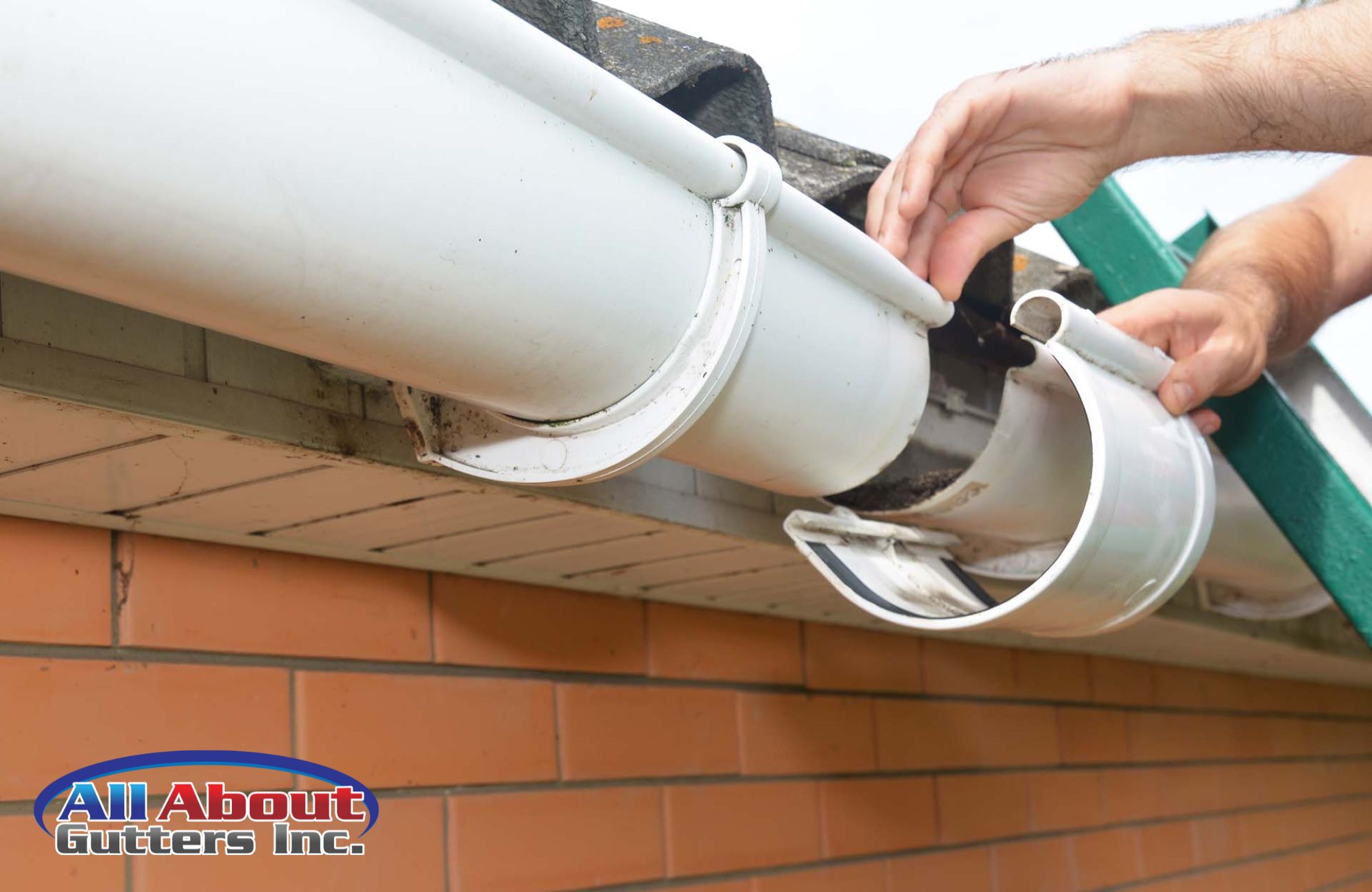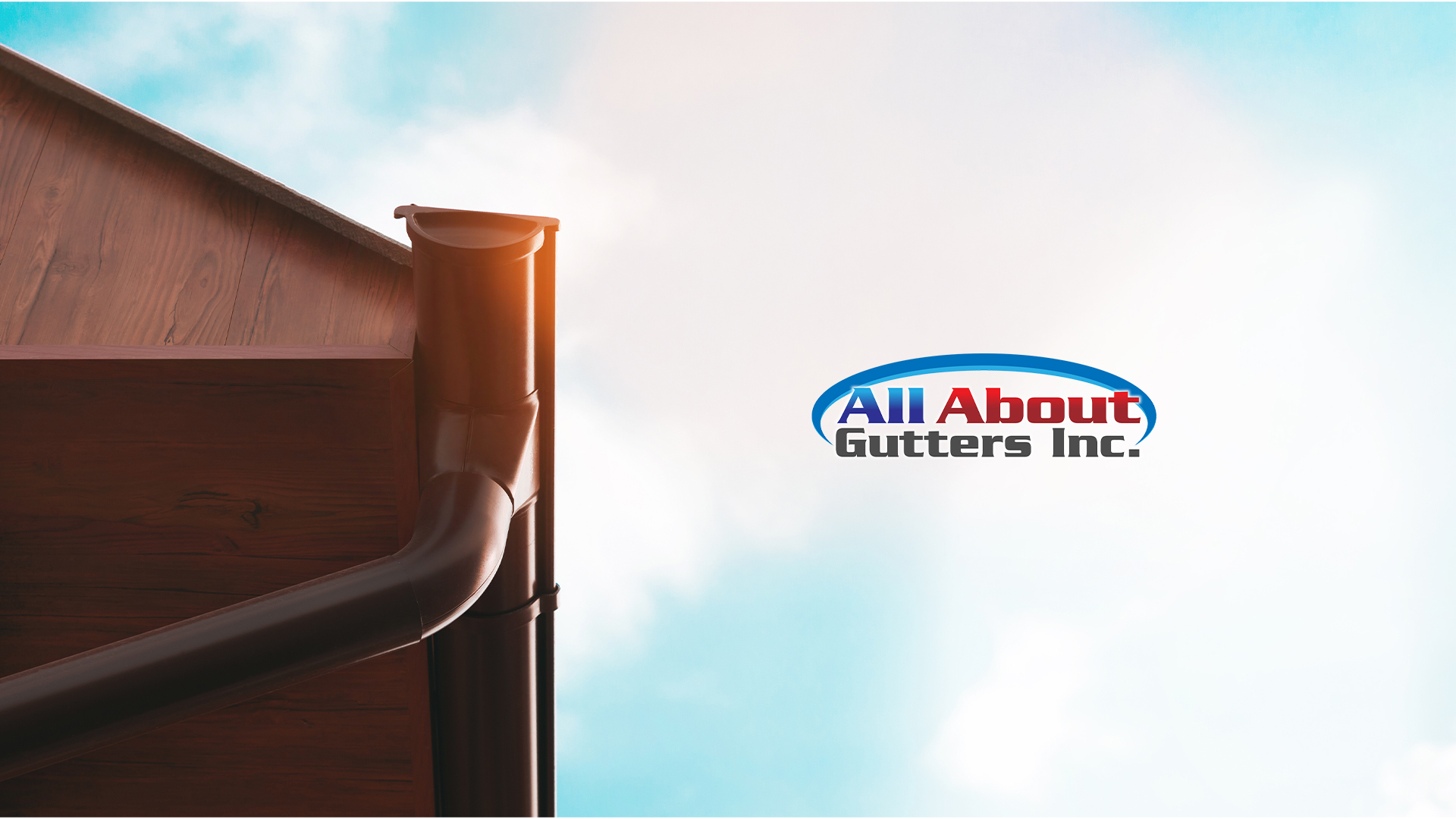What Is An Expansion Joint For Gutters?
Buildings and roofs can suffer movements over time that can affect the gutters, especially the joints between the different ducts. This type of activity is totally normal, however not all fitters take into account that it can happen and assume that the joints were not in good condition when they deteriorate. However, a professional gutter installer knows that to make a durable gutter assembly it is sometimes necessary to place an expansion joint between the different sections.
What are duct expansion joints and
what are they used for?
Expansion joints are pieces that are placed between
different sections of gutters and allow them to move without affecting the
drainage system. However, it is not necessary to place them in all types of
constructions, since in small systems it does not make much sense. It is
advisable to put expansion joints on facades of more than 30 linear meters and
always leaving about 12 meters between each joint.
These distances allow the ducts to move freely and prevent
them from breaking or the appearance of cracks in the joints. In this way, an
adapted system is guaranteed and the repair of gutters due to joint problems is
reduced.
How an expansion is joint placed?
To place these elements, the first thing we must assess is
their shape. There are mainly two options when putting an expansion joint:
On the one hand, we can find pieces that are placed between
two ducts, making them become independent sections. To do this, the end is
closed with a lid and they are joined, also placing a downspout on each side.
In addition, on the market we can find expansion pieces that
are placed under the welded joint of two pipes. This element is made up of two
metal pieces joined by a rubber area that allows the construction elements to
expand.
Options depending on the material of
the ducts
The placement of one type of expansion joint or another will
depend above all on the material with which the ducts of the roof's rainwater
evacuation system are made. Let's see what to place to allow expansion depending
on the type of gutters:
In aluminum or galvanized gutters it is advisable to install
covers on the sides of the ducts that you want to join and put a sheet metal
finish that is fixed only to one of the sections. In this way, in case of joint
movements there will be no tension.
In zinc gutters, however, since it is a very malleable
material, it is advisable to choose an expansion joint with a rubber band and
weld it on both sides of the pipe. In this way the central area will act as a
spring minimizing the impact of any movement in the joint.
In the rest of the options, such as construction gutters or copper models, the ideal is to study the particular case and place expansion joints that withstand the normal movement of the roof.




Comments
Post a Comment